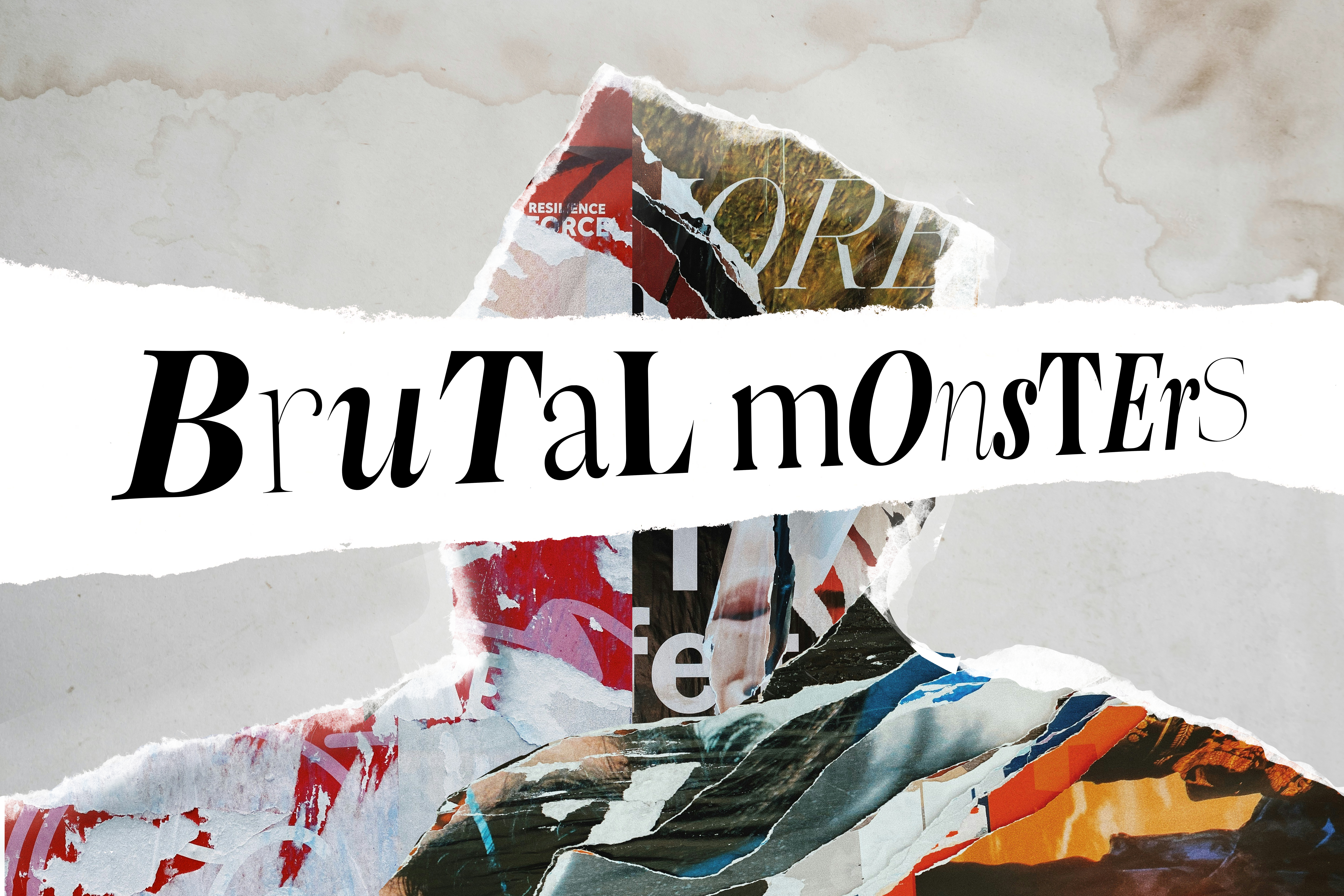In her column “Brutal Monsters,” Cate Burtner ’25 offers commentary on the literature of mental illness.
Content warning: mentions of abuse and self-harm (SH).
Hanya Yanagihara’s book “A Little Life” came out in 2015. In 2023, it took the internet by storm. In July 2023, a friend told me that everyone who read it told her the book was “just really sad.” I had just finished reading the highly buzzed novel myself. When I told her about the actual events of the story, she was shocked.
“A Little Life” follows four college friends who live in New York City after graduating from a prestigious, unnamed university in New England. We follow their lives from their mid-20s into their 50s, with a central focus on Jude, a lawyer with multiple disabilities who experiences an extreme amount of abuse and trauma from childhood onward. The friend group also includes an actor named Willem (Jude’s love interest), an artist named JB and an architect named Malcolm.
The novel dedicates space to the relationships between the four men, but it does not offer depth. The relationships and the characters feel fake. In fact, fakeness seeps through all 800-plus pages of the book. In an attempt to grasp at realism, the author includes gratuitously graphic descriptions of SH, which are handled carelessly and create an unfulfilled representation of real people.
The book’s un-realism also stems from its complete lack of sense of time or place. The temporal setting of “A Little Life” has been described by some as “a perpetual present day.” The only physical setting we get is a whimsical New York City where 9/11 seems to have never occurred, and the AIDS epidemic floats by unmentioned. Dealing with real issues could have been an opportunity to create a respectable literary work grounded in reality and authenticity. Instead, we get a void grounded only in the apparent inevitability of cyclical violence.
The novel’s prose is bingeable, and it tries oh-so-hard to be literary. But the writing is a wolf in sheep’s clothing — it maintains the illusion of literary merit while masking its exploitation of characters’ trauma and of readers’ sensibilities. Yanagihara clearly handles her prose with care, but little else is given as much attention. She has said in interviews that she “didn’t do any research” and that “Jude came to [her] fully formed.” But Jude is not a fully formed character. He is a vessel for the author’s seemingly masochistic portrayal of unrelenting abuse.
For a novel that deals so deeply with gay male relationships, trauma and PTSD, readers need to see some research, some humanity and some care. Readers themselves are likewise not handled with care by “A Little Life.” A glance at Goodreads reviews reveals countless five- and one-star ratings, with passionate reviews defending both sides. Some people are struck by the “gorgeous” writing, some are upset that a glorification of a disabled person’s suffering has become so acclaimed and many have been left deeply affected or triggered by the novel’s content. The controversy is well earned and has grown monstrous online.
There is a chance that someone read this book and felt represented by it or felt less alone — that is incredible, and of course has value. But even critics who enjoyed the book have said they “wouldn’t recommend it to anyone” because of its triggering content. I am not even going to pick apart what it means to enjoy a book but not to recommend it. Instead, I’m just going to agree — maybe don’t read this one.
“A Little Life” has also been called “the Great Gay Novel” in what I think is an absurd characterization. In my view, the cited “claustrophobic focus” on the characters’ interiority and suffering actually takes away from a well-rounded, social portrayal of queer life. I also struggle to believe that the capital-G Great novel about the gay experience was written by a straight woman who conducted no ethnographic or archival research. To grant the book such a title discounts the significant literature we’ve seen from so many writers through time: Oscar Wilde, Walt Whitman, James Baldwin, Audre Lorde and the list continues into the present and future.
I want to return to the virality of “A Little Life.” In 2023, TikTok was flooded with videos of progress reports as readers made their way through, frenzied reviews of people being “traumatized” or “completely wrecked” by the book and recordings of readers sobbing as they shut its final pages.
Generally, I am glad that TikTok has expanded the hobby of reading — although I am not without concerns about the platform. But users’ common focus on how “sad” the novel is shapes public perception deeply in 2024. The videos sensationalize fictional trauma and they don’t prepare readers for its content if they do choose to pick it up. TikTok commentary has led us to become less critical of the empty characters and settings of “A Little Life,” leading it to pose as “queer representation” or even “great literature.”
“A Little Life” is not a little book, and it has a lot of buzz online — but that does not mean it demands serious attention from critics or readers. Why should we study a book that the author didn’t bother to research? Why would we give any attention and care to something that gives so little care to us?
Editor’s Note: This article is a review and includes subjective thoughts, opinions and critiques.
